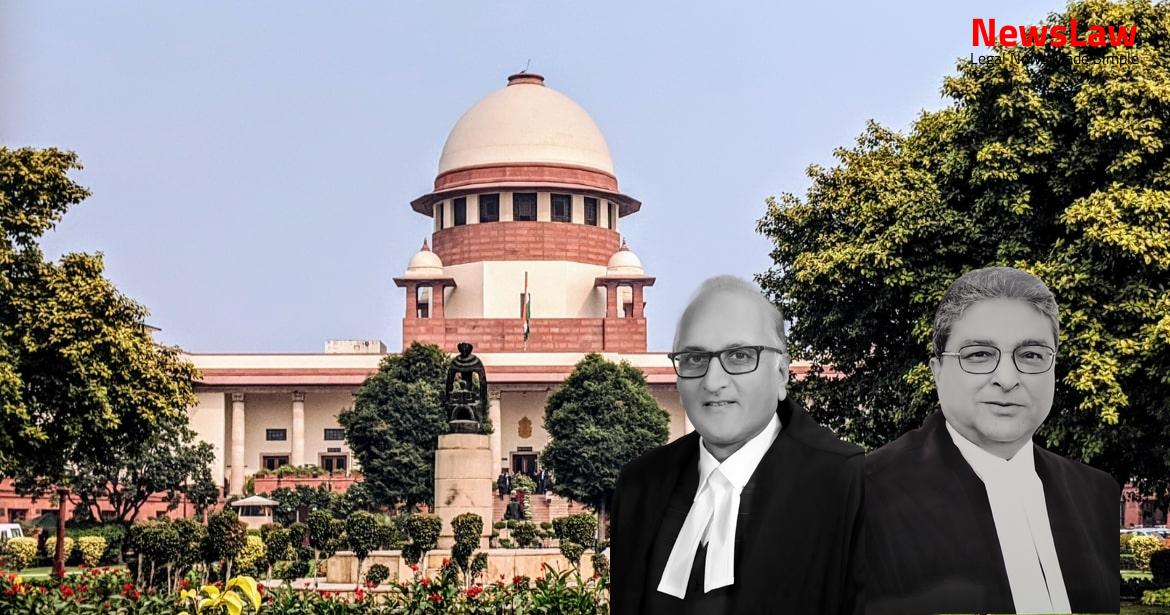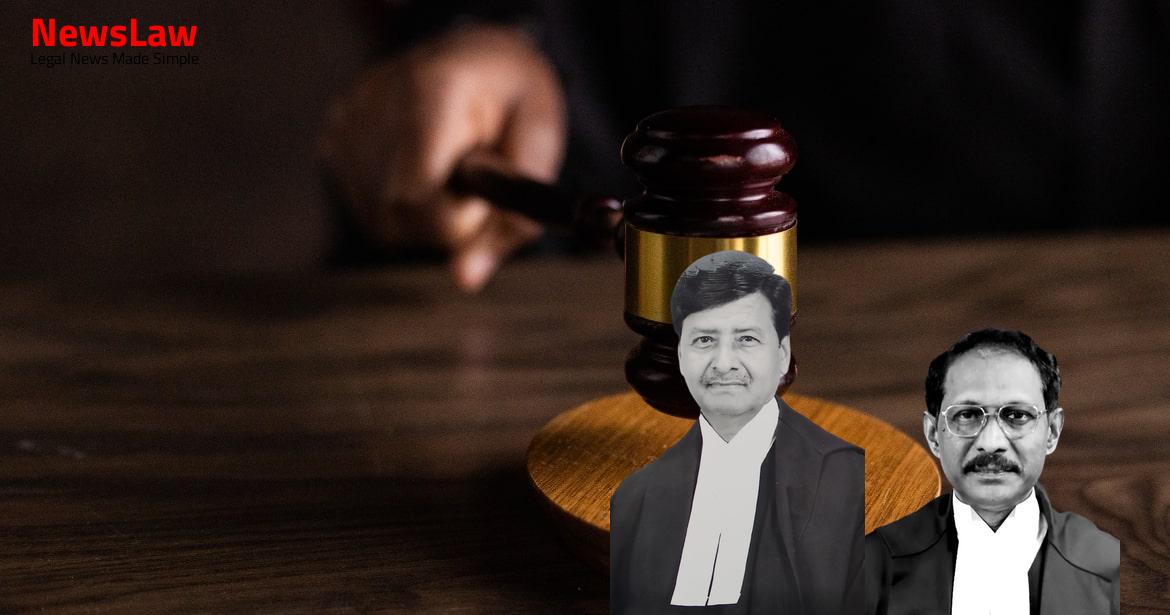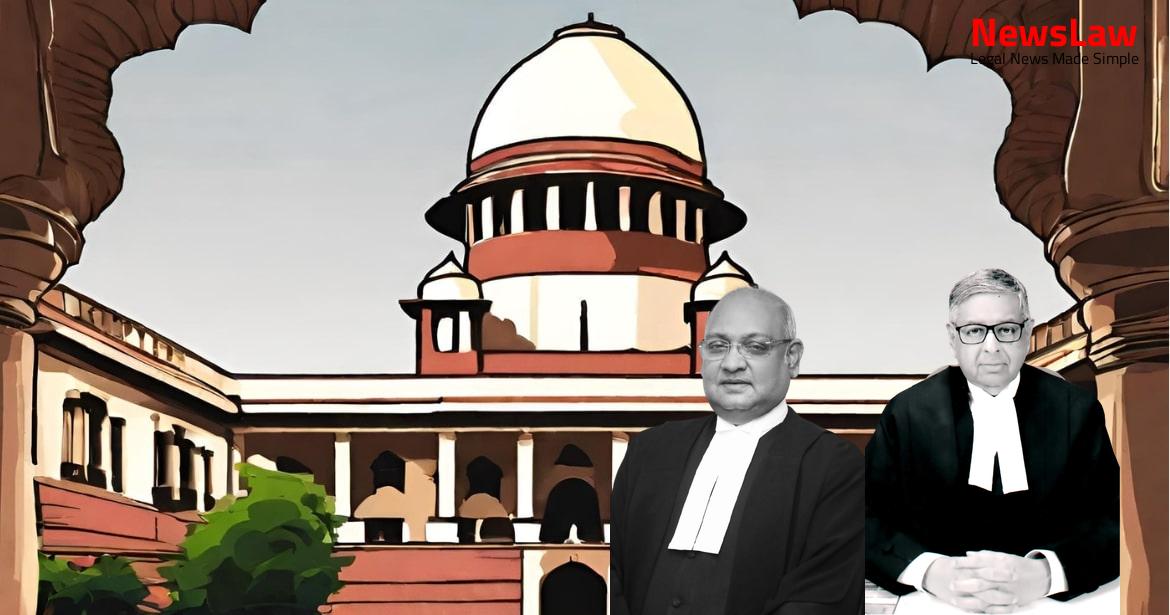The recent court judgment involving a harrowing rape and murder case showcased the importance of DNA evidence in legal proceedings. The court’s thorough legal analysis scrutinized the forensic evidence presented, ultimately leading to the conviction of the accused. This case underscores the critical role of scientific evidence in unraveling the truth and delivering justice in heinous crimes.
Facts
- The appellant was tried for offenses under Sections 376(1)(2)(f)(m), 376A, 302 of IPC, and Section 6 of the POCSO Act.
- Blood stains ranging from 0.1 to 2 cm in diameter were found on exhibits No.1, 2, and 5, identified as human blood.
- DNA analysis revealed identical profiles from various samples taken from both the victim and the accused.
- The victim, a 2-year-old girl, sustained severe injuries including bite marks, perineal tear, and signs of sexual assault.
- The post-mortem report indicated shock, hemorrhage, and multiple injuries as the cause of death.
- Various witnesses testified to the events leading to the discovery of the victim’s body and the actions of the accused.
- Chemical analysis of clothes yielded crucial evidence linking the accused to the crime.
- Investigation procedures, including medical examinations and documentation, were detailed during the trial.
Also Read: Electoral Malpractices in Mayor Election
Analysis
- The accused was found guilty of offences under various sections of the Indian Penal Code and the Protection of Children from Sexual Offences Act.
- The Trial Court considered multiple circumstances to establish the guilt of the appellant, including the accused taking the victim away from her family, being found near the victim’s body, medical evidence of sexual assault, and DNA matching of blood and semen on clothing.
- The injuries sustained by the victim, as described in the postmortem report, indicated a brutal and inhuman act committed by the accused, leading to rape and murder of the helpless child.
- The prosecution argued for the death penalty citing the severity of the crime, the victim’s vulnerability, and the lack of chance for the accused’s reformation.
- Witnesses like Vikas Meshram, Baban Sambhaji Meshram, Shrawan, and Meshram were not examined in the trial, raising questions about the transparency of the proceedings.
- The accused denied the evidence presented by witnesses during the examination under Section 313 of the Code.
Also Read: Balancing Power and Transparency: Electoral Bonds Struck Down, Disclosure Mandated
Case Title: SHATRUGHNA BABAN MESHRAM Vs. THE STATE OF MAHARASHTRA (2020 INSC 624)
Case Number: Crl.A. No.-000763-000764 / 2016



